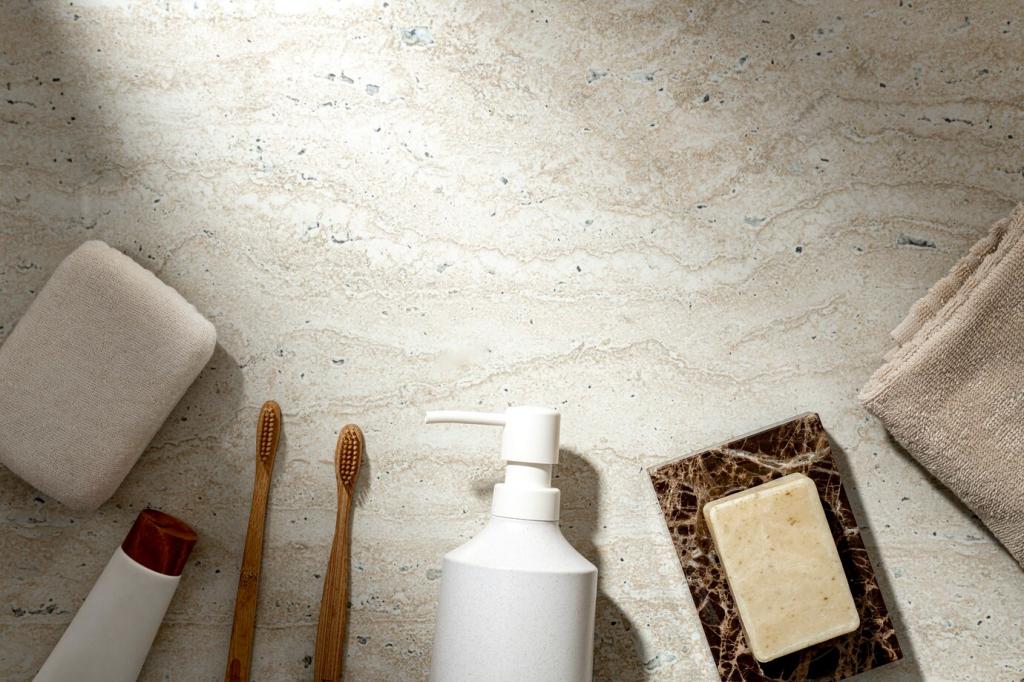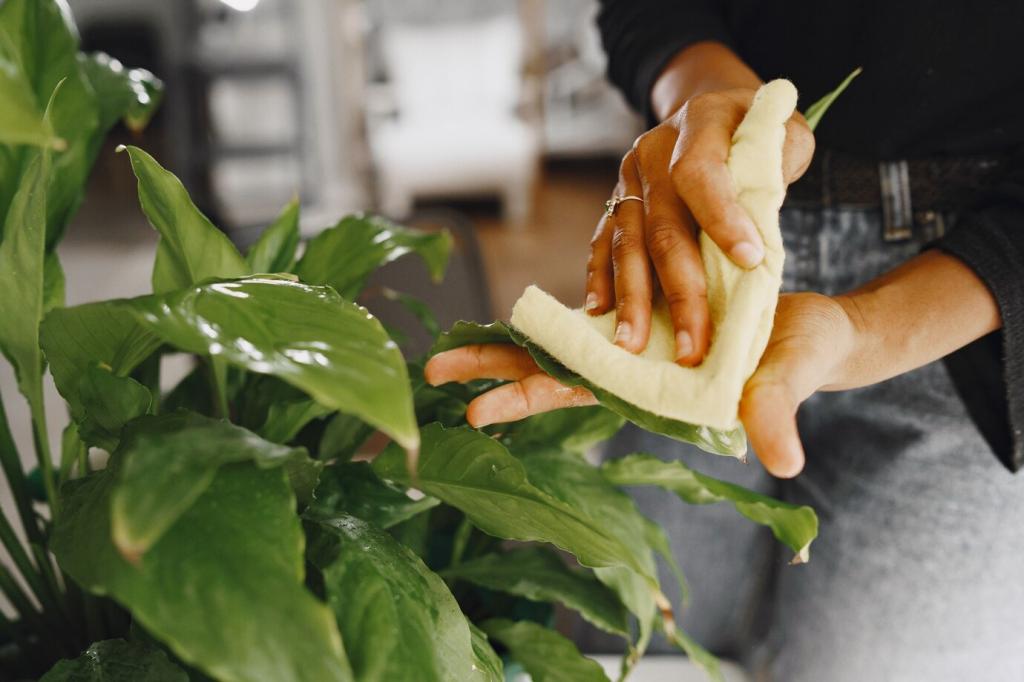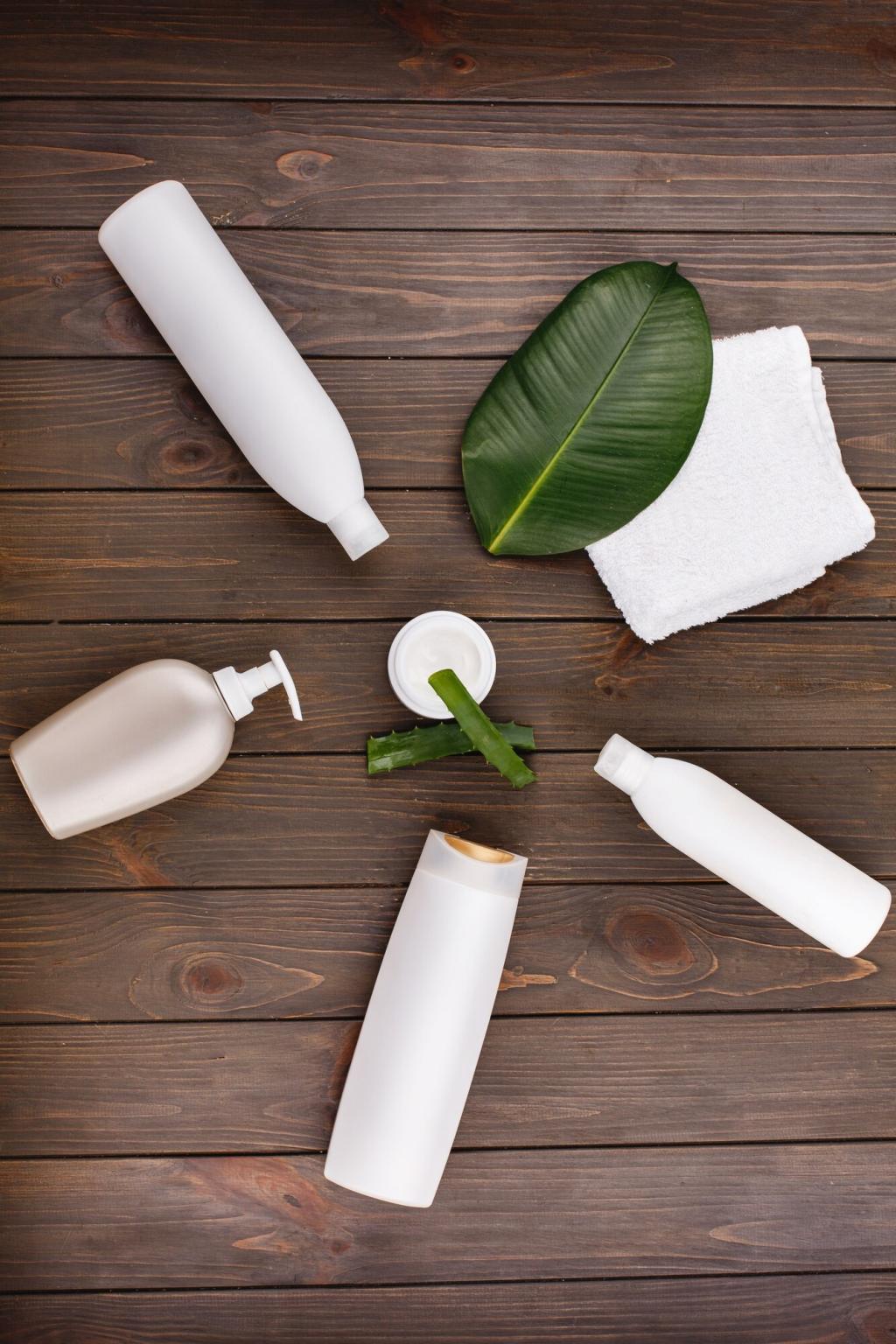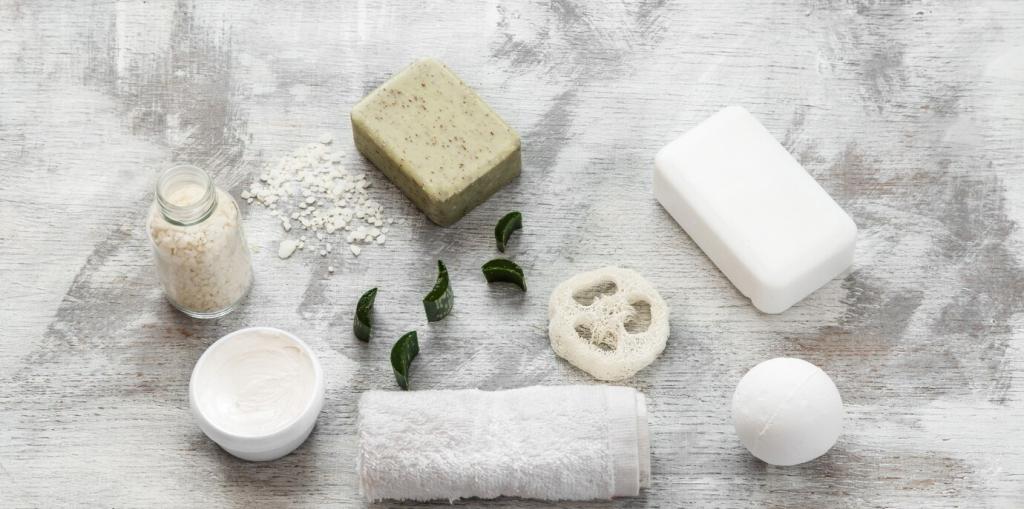Community and Habit Building
Give each person a labeled microfiber cloth and a small, refillable spritzer of distilled water. Set a timer, dust with the grain, and high-five when done. It is safe around kids and pets, and those quick, consistent minutes make deep clean days easier and far less frequent.
Community and Habit Building
Did you rescue a white ring or revive a dull top with beeswax balm? Post your photos and steps in the comments. Your success encourages others to try chemical-free methods. Subscribe for our monthly feature that spotlights reader wins and digs into the techniques behind them.










